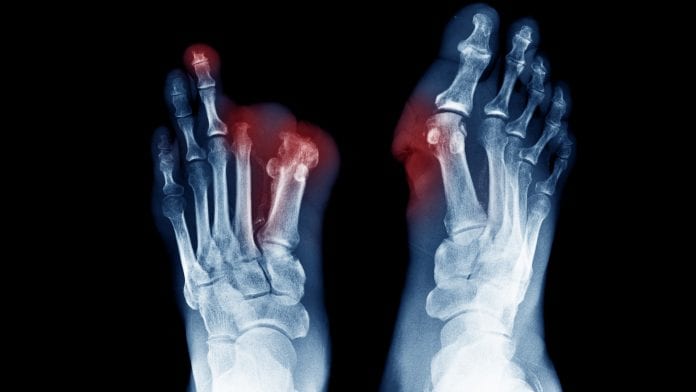
Ohio State University find life-altering benefits by rerouting nerves during amputation – could this be a form of phantom limb pain treatment?
Doctors at The Ohio State University Wexner Medical Centre and College of Medicine, USA, are pioneering the use of primary targeted muscle reinnervation (TMR) by essentially rerouting nerves during amputation surgeries to prevent or reduce debilitating pain, initiating a great way of providing patients with phantom limb pain treatment.
Phantom limb pain treatment
Losing a limb due to trauma, cancer, or poor circulation can result in phantom limb and stump pain in upwards of 75% of amputees in the United States alone.
Primary TMR is the rerouting of nerves cut during amputation into surrounding muscle, which greatly reduces phantom limb and residual limb pain.
Rerouting nerves was first developed to allow amputees to have better control of upper limb prosthetics.
Doctors typically perform the surgery months or years after the initial amputation, however, when surgeons discovered the procedure also improves certain causes of pain, they started using it to treat disorganised nerve endings called symptomatic neuromas and/or phantom limb pain.
Dr. Ian Valerio, division chief of Burn, Wound and Trauma in Ohio State’s Department of Plastic and Reconstructive Surgery explains: “A significant amount of pain in amputees is caused by disorganised nerve endings, i.e. symptomatic neuromas, in the residual limb. They form when nerves are severed and not addressed, thus they have nowhere to go.”
“Attaching those cut nerve endings to motor nerves in a nearby muscle allows the body to re-establish its neural circuitry. This alleviates phantom and residual limb pain by giving those severed nerves somewhere to go and something to do.”
Rerouting nerves during amputation
According to the researchers, rerouting nerves of patients has significantly reduced or sometimes even stopped the use of narcotics and other nerve pain related medications.
“TMR has been shown to reduce pain scores and multiple types of pain via a variety of validated pain surveys. These findings are the first to show that surgery can greatly reduce phantom and other types of limb pain directly,” Valerio said.
The researchers believe primary TMR is a reliable technique to prevent the development of disorganized nerve endings and to reduce phantom and other limb pain in all types of amputations.
When done at the time of initial amputation, there is minimal health risk and recovery is similar to that of traditional amputation surgery.

























Wow its really great work
n how can i get the full paper?